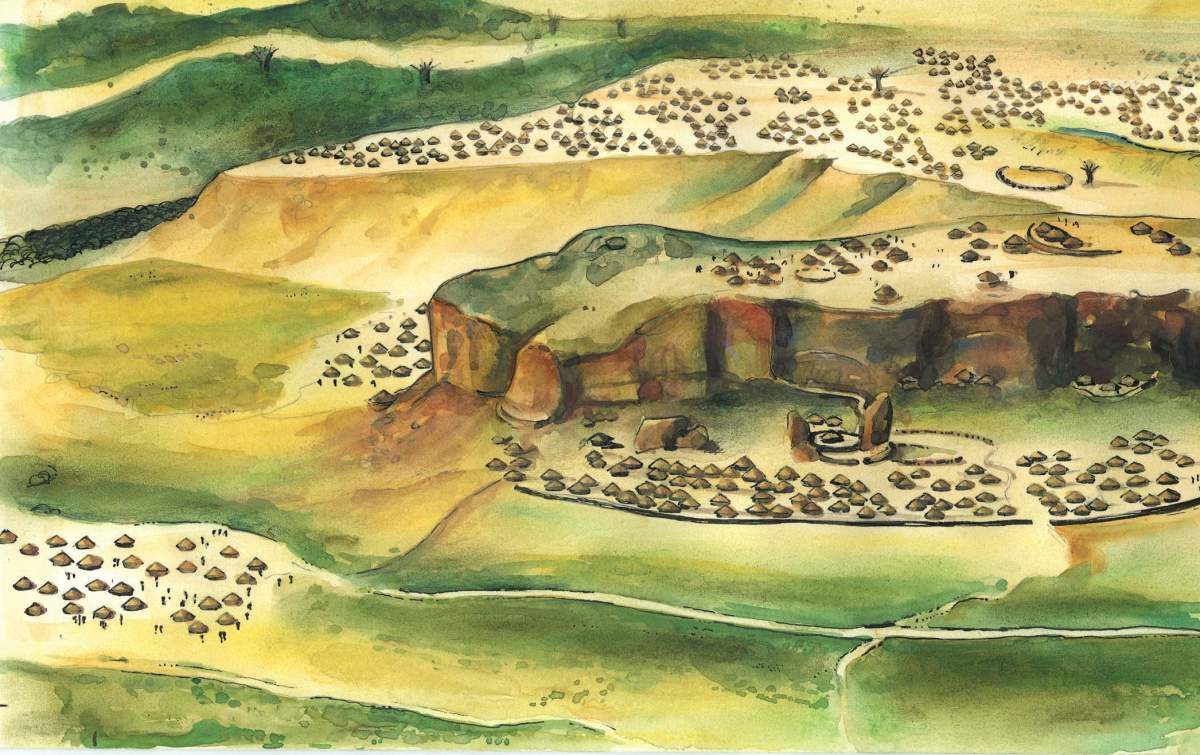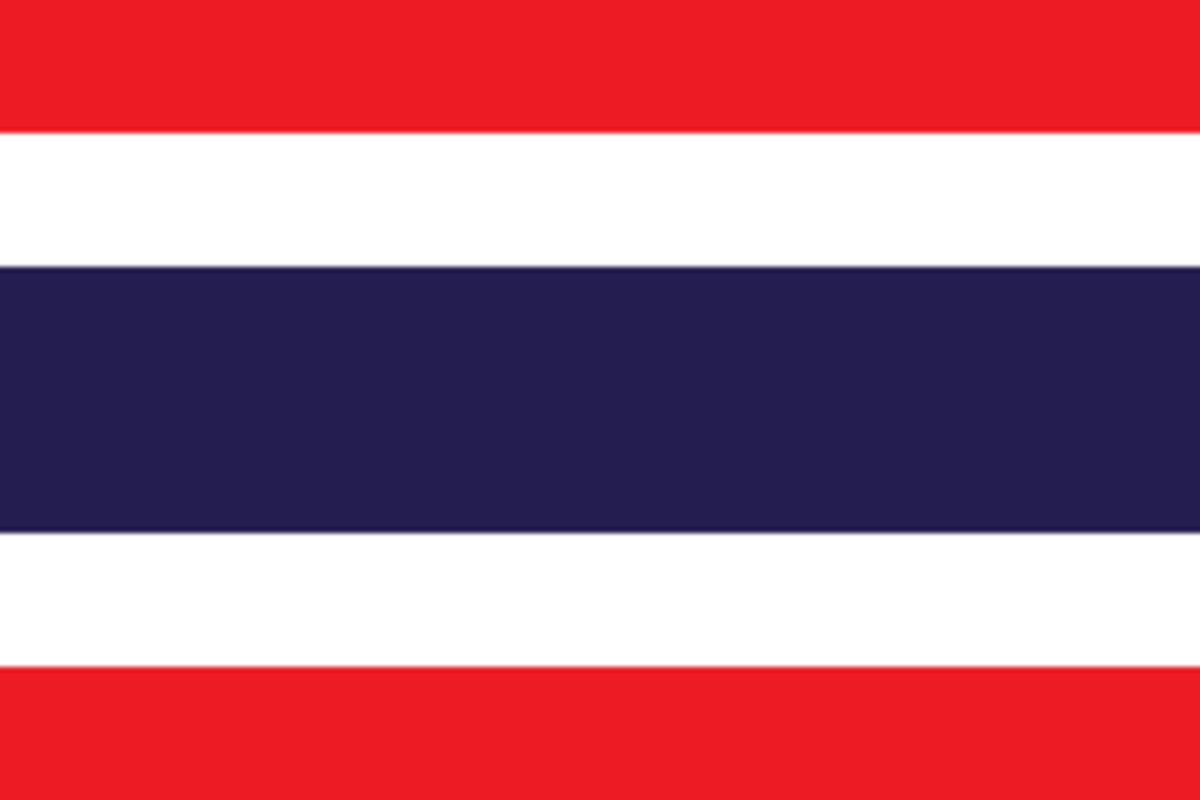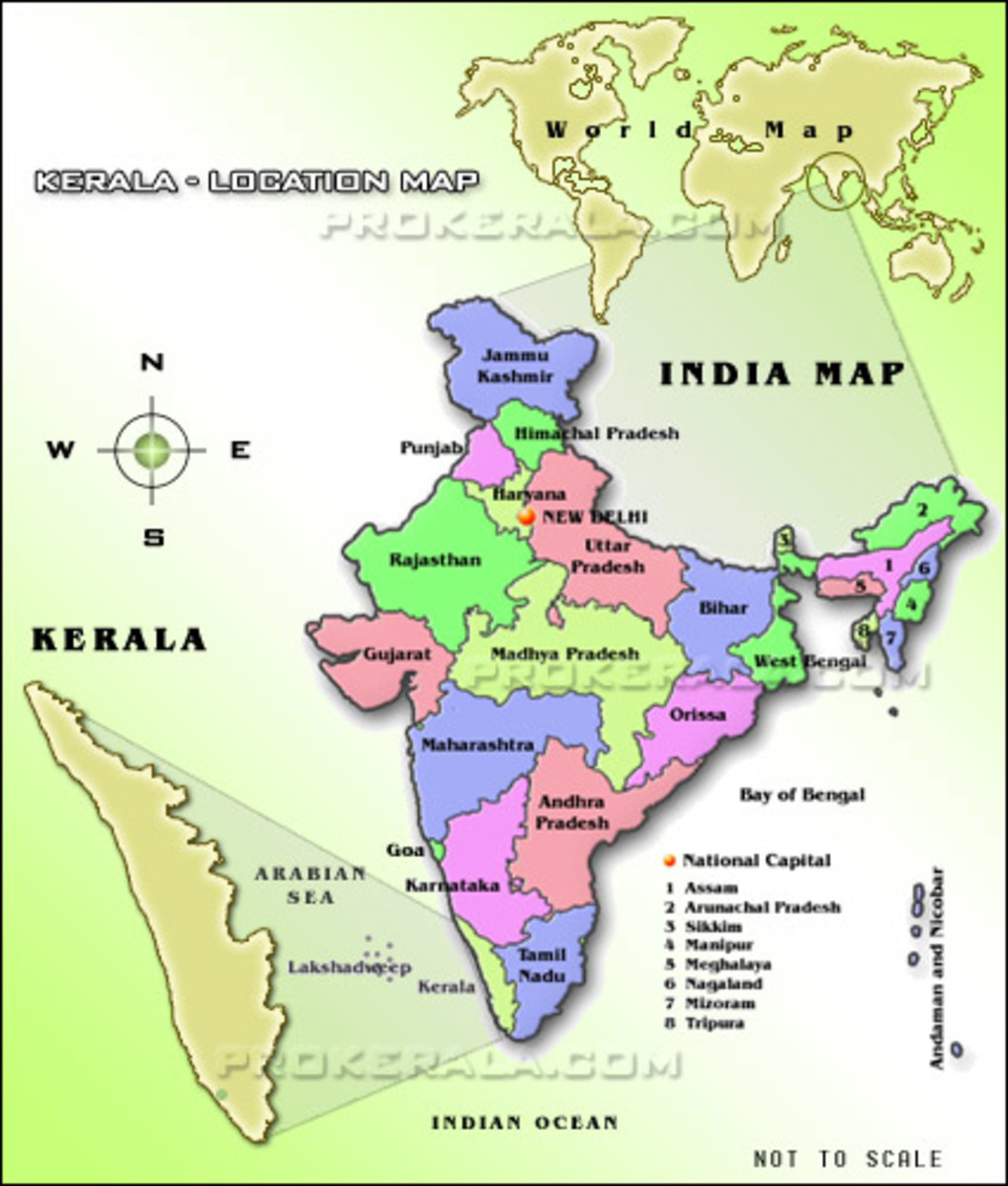Culture and Customs in Thailand. Showing Respect: The 'Wai' Greeting.
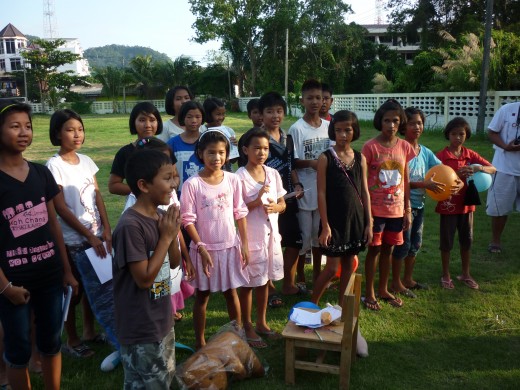
Culture of Thailand
Outlined is an attempt to try to explain another fascinating aspect of Thai culture. A traditional cultural custom; the 'wai' greeting. It explores how important it is in Thailand, highlights cultural contrasts between western and Thai society, teaches when/how/if to 'wai' and provides some personal 'wai-ing' experiences from along the way!
From a western standpoint it might be viewed as an alien and surreal practice. When understood fully (admittedly I don't) you realise the 'wai' is a hugley significant cultural and historical chracteristic of Thailand. For me, it's just another part of day-to-day life that I have become accustomed to, one which is somehow now a seemingly normal practice.
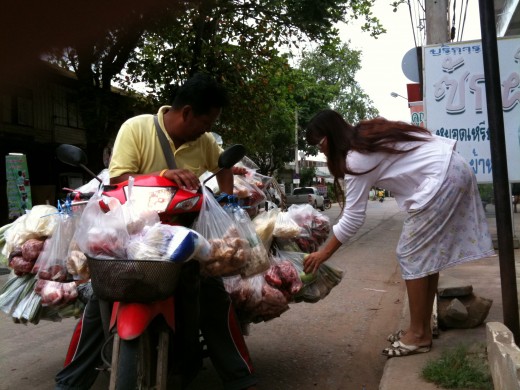
The ‘Wai’ greeting.
A sudden realisation of being on the other side of the world came over me when I saw Thai people greeting each other. The very touchy feely western way of greeting, shaking hands, is seemingly much non-existent in rural Thailand. It’s even seen as a novelty through the eyes of my current crop of students!
However, the international handshake is still prevalent in cities such as Bangkok and renowned tourist areas (especially in massage parlours) and business settings. Although it is not regarded as a cultural symbol of Thailand. Thais do generally make the effort with you as a farang (westerner/foreigner) and will sometimes shake your hand, but a 'wai’ is the preferred and traditional method of greeting. I suggest it is always best to initiate a ‘wai’ as a matter of respect to the locals – I am a guest in this amazing country after all.
The ‘wai’ is both an informal and formal way of greeting, but mainly as a show respect within a hierarchical society. The King of Thailand, Monks and other aspect of Buddhist importance are regarded as having the highest stature in Thai society. Thus a different type of 'wai' is performed accordingly. However, it can also be used in a variety of circumstances and for a number of reasons; to show appreciation, gratitude, an act of friendship, banter between friends or, as an apology.
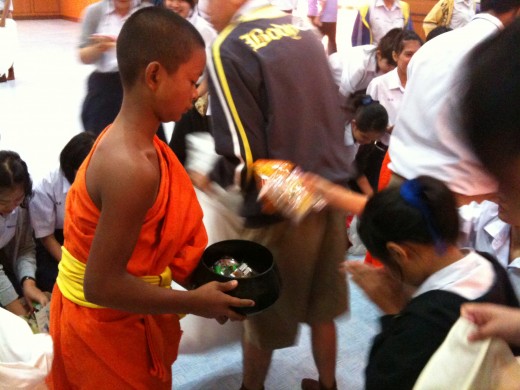
To Wai or not to Wai?
Many inevitable blunders have occurred during time spent in rural North Eastern Thailand as an EFL teacher. Using the ‘Wai’ inappropriately was highlighted by one memorable and fairly embarrassing moment. During a first class I greeted students with a ’wai'. Apparently not the done thing in Thailand! Younger people, especially in a student teacher relationship, should ‘wai’ their elders (and somebody of higher stature than themselves) first as a mark of respect. It can then can be acknowledged but not as a necessity by the teacher with a returned ‘wai’. Not the other way around…oops. Commence 50 surprised and slightly puzzled faces gazing strangely at me. Cultural lesson learned, one of many.
If you are aware of the importance of this greeting and perform it regularly, a great amount of respect will be gained as a westerner, especially in the work place. However, it is not regarded as a necessity by everyone because of the potential difficulties in determining the correct use between Thai people and foreigners. Making the effort is very much appreciated here and is guaranteed to go down well with the locals, even if you do briefly become a laughingstock!
It's also worthy to note that you do not have to 'wai' everybody! One thing that I was also guilty of. People in the hospitality industry for example will automatically do this as you're a customer, essentially paying for a service and it's part of their job. If you're polite and feel the need, do it. But don't think it's a necessity.
I will try to outline how and when it is appropriate to 'wai' in Thai culture based on my experiences here in the land of smiles.
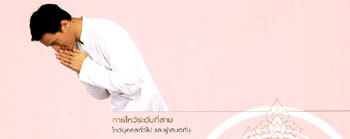
Wai No.1
As a rule the higher the hands are raised the more respect being shown. The first type of ‘wai’ places the palms together, thumbs around chest height with fingertips touching, together and pointing upwards. The head is then bowed slightly towards the tip of the fingers. This is used for greetings between newly acquainted people (who may not know each other’s social status), older aquaintances or superiors in the workplace. Also, as acknowledgement of a 'wai'.

Wai No.2
The second type places palms together hands raised higher than before, fingers in line and touching the nose. Again, fingertips are touching and together pointing upwards. It is used when greeting a person of higher stature (teacher/student relationship) or elders. The head is bowed, the lower the bow the greater the amount of respect.
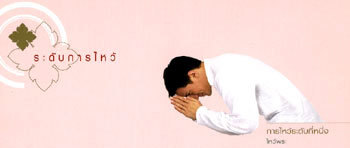
Wai No.3
The third type places palms together, hands this time raised to forehead level, still with fingertips touching and together. A longer bow is performed compared to the others. Used when greeting monks, the King of Thailand and other Buddhist things of importance, such as temples and statues of the Buddha.
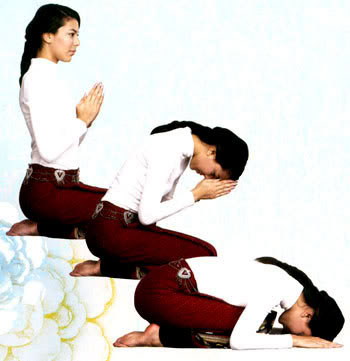
The most obvious difference is that the person is knelt down and arched over fully, placing palms face down to the floor. However, the use of hands and fingers remain the same as the previous 'wai'. This form shows the highest amount of respect in Thai culture and is usually reserved for the The King of Thailand and highly respected monks, but can also be observed in places of worship such as temples when practised in front of statues of the Buddha.
See the below video as an example. Student's showing respect to the monks as part of their religious studies during school. As a westerner, I was privileged to witness this, although it could be compared to the Church of England/Wales school's tradition of singing religious songs and reciting the lords prayer during assembly.
The information here is based purely on my personal experiences and knoweldge as as a result from living/working in Thailand and interacting with Thai people on a daily basis. You can check out another hubbers perspective of the 'wai' here. Please feel free to add and share similar experience you may have had, it's always good to here others stories!
Thanks for stopping by! If you are interested about Thailand, you may find my other hubs useful:
Thai Language: Basic Thai Phrases and Thai Words.
© 2012 livingabroad


